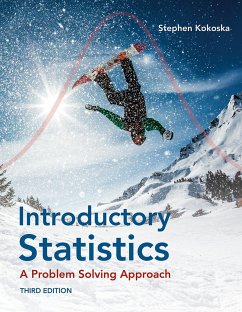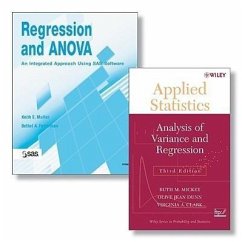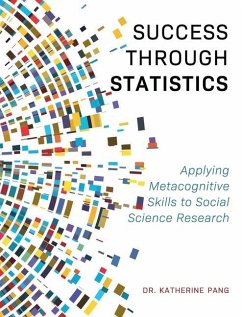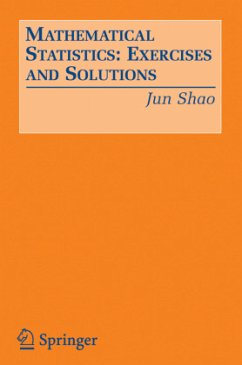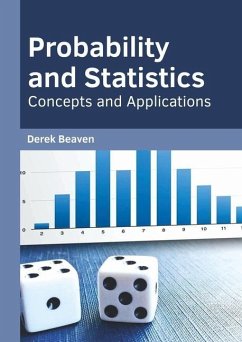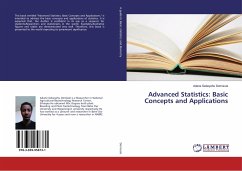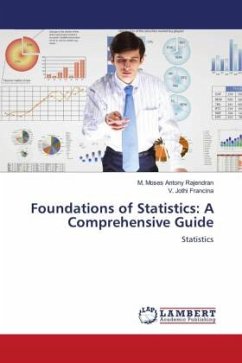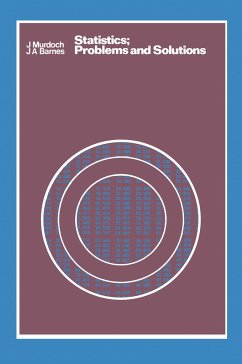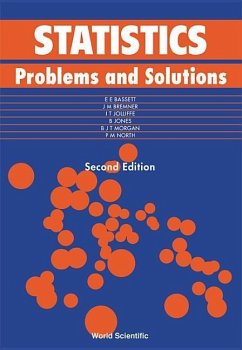
Introductory Statistics: A Student-Centered Approach
Versandkostenfrei!
Sofort lieferbar
63,99 €
inkl. MwSt.

PAYBACK Punkte
32 °P sammeln!
Introductory Statistics: A Student-Centered Approach provides the key to understanding statistics in the real world for today's students. The authors started first with the needs of students, how they learn and digest new material, what's relevant to them, and how they practice their skills. They then built out an all-in-one offering designed to provide a pathway to understanding for all students and show why statistics matters in the modern world. Digital resources in Achieve connect the mission of the text to immersive learning experiences and multimedia with a variety of assessment types ...
Introductory Statistics: A Student-Centered Approach provides the key to understanding statistics in the real world for today's students. The authors started first with the needs of students, how they learn and digest new material, what's relevant to them, and how they practice their skills. They then built out an all-in-one offering designed to provide a pathway to understanding for all students and show why statistics matters in the modern world. Digital resources in Achieve connect the mission of the text to immersive learning experiences and multimedia with a variety of assessment types to fit any teaching style.



